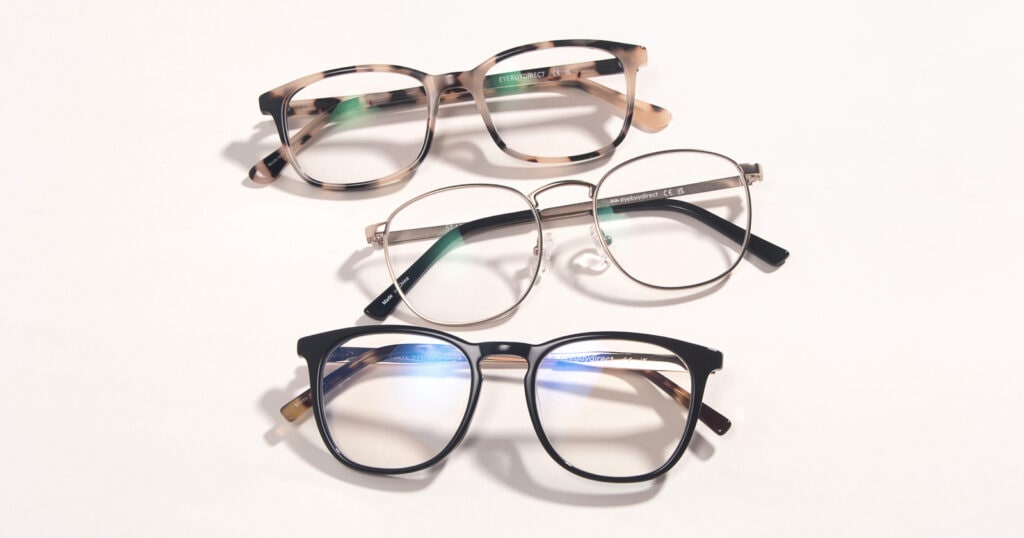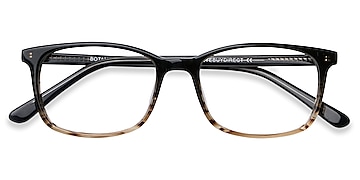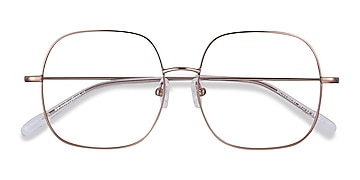Hand sanitizer has had its share of the spotlight recently. Widespread use during the pandemic has made it a staple item in homes, offices, and public spaces to this day.
Using this convenient gel can help your eyes stay healthy too. Hand sanitizer with at least 60% alcohol content can kill the germs that cause pink eye and other eye infections while they’re still on your hands — before they reach your eyes.
But accidents happen, and it’s possible for hand sanitizer to come into contact with the sensitive surface of your eye. Here’s what you need to know if this happens to you:
Can Hand Sanitizer Harm Your Eyes?
Hand sanitizer can harm your eyes, especially if large amounts make contact. This is mostly because the high alcohol level in hand sanitizer can cause a chemical burn on your eye.
If a lot of hand sanitizer gets into your eye, it can cause eye damage that may need medical treatment. Without proper care, you could develop more serious eye problems.
On the other hand, a little sanitizer in your eye might sting, but you may feel better after some simple at-home care. This is the case for many hand sanitizer eye accidents: Just a small amount of sanitizer gets into the eye, resulting in temporary discomfort.

What to Do If You Get Hand Sanitizer in Your Eyes
If hand sanitizer touches your eye, the first and most important step is to wash out your eye as soon as possible.
Before you do anything, make sure any sanitizer left on your hands has dried completely. This way, you won’t get any more in your eye.
Follow these steps to flush hand sanitizer out of your eyes:
- Rinse the affected eye(s) under a gentle stream of running water. If you don’t have access to a sink or faucet, you can use a water bottle, emergency eyewash station, or another source of clean water.
- Keep rinsing your eye(s) for at least 15 to 20 minutes.
- Flushing the eye should help remove contact lenses if you are wearing them. If they do not come out with rinsing, carefully remove your contacts with clean hands.
This thorough eye washing technique should remove any leftover hand sanitizer so your eye doesn’t feel irritated anymore.
If you still have eye pain, redness, vision changes, or other concerning symptoms afterward, call your eye doctor right away. They will likely ask you to come in for an exam so they can assess any damage and determine an appropriate treatment plan.
What to Do for Children
You should use the same eye wash technique for kids as the one listed above for adults. Assist as the child as needed with the following steps:
- Rinse the child’s eye(s) under a gentle stream of running water. You can use a sink faucet, water bottle, or other source of clean water.
- Continue rinsing for at least 15 to 20 minutes.
As with adults, you should talk to an eye doctor if a child’s symptoms continue or worsen after they wash their eyes.
Potential Side Effects of Getting Hand Sanitizer in Eyes
If you get hand sanitizer in your eyes, you’ll most likely have one or more of these symptoms:
- Eye irritation
- Eye pain
- Eye redness
Other, less common side effects of hand sanitizer in the eyes include:
- Vision changes like blurry vision
- Sensitivity to light
These symptoms should go away shortly after you rinse your eyes. If they don’t, talk to your eye doctor.
Can Hand Sanitizer in Your Eye Make You Blind?
It’s very unlikely that hand sanitizer will cause vision loss or blindness if it gets in your eye. But it could still do damage if you don’t wash your eye’s surface soon after.
Temporary vision changes are uncommon, but they do happen. One study found that eye discomfort and redness were much more common than blurry vision. Still, you may find your vision is slightly blurry for a short time because the tear film has been disrupted.
What Happens If You Get Rubbing Alcohol in Your Eyes?
Rubbing alcohol is a close relative of alcohol-based hand sanitizers. It’s usually just isopropyl alcohol mixed with water, so it has fewer chemicals than hand sanitizer. Unfortunately, that knowledge won’t be very comforting to your eyes.
If you get rubbing alcohol in your eyes, it can cause the same uncomfortable symptoms as hand sanitizer. It could also cause more severe damage that needs an eye doctor’s immediate attention.
Use the same 15- to 20-minute eye rinse method to remove the isopropyl alcohol from your eyes. Talk to your eye doctor or go to urgent care if you still have symptoms afterward.
How to Avoid Hand Sanitizer Eye Injuries
Prevent future accidents by adding these eye-friendly practices to your hand sanitizing routine:
- Watch the nozzle – Make sure the sanitizer nozzle or applicator is far from your face and directed downward or to the side. It should not be pointed toward your face.
- Be careful when the bottle is almost empty – You might have to use more force to get the last drops of gel from the bottom of a container. That extra power could send antibacterial gel flying toward your eyes.
- Make kid-friendly adjustments – Keep hand sanitizers out of your child’s reach as much as possible. Public hand sanitizer dispensers also tend to be near a child’s eye level. Encourage children not to use personal or public dispensers without an adult.
- Don’t touch your eyes (or anywhere near them) – “Don’t touch your eyes” is easier said than done. But there are two perks: You avoid accidental sanitizer contact and transferring germs from your hands to your eyes. If you really need to touch your eye area, wait until the sanitizer has completely dried on your hands.
- Wash your hands more often – Sanitizer is handy in a pinch, but it can’t replace thorough handwashing. Washing your hands with soap and water cuts through grease and grime, and it’s better at killing certain germs.
- Wear glasses – Glasses might not seem like much of a deterrent, but they could be the barrier you need to keep you from touching your eyes. For this purpose, non-prescription glasses and sunglasses work just as well as prescription lenses.
When to See a Doctor
You might not need to see a doctor if you only get a small amount of hand sanitizer in your eye and are able to rinse it through quickly. But call an eye doctor or go to urgent care if eye pain, redness, or other symptoms don’t go away after your eye wash.











